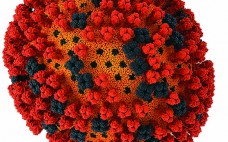Viral safety is required for biologics manufactured to treat human diseases. Although significant improvements in ensuring viral safety have been made over the past few decades, “zero risk” of viral contamination is a myth. Viral contamination risk can be carefully managed by screening raw materials, testing process intermediates, and evaluating how effectively manufacturing processes remove and inactivate viruses. Viral clearance studies verify virus removal or inactivation by a manufacturing process. Although regulatory agencies have expectations for the designs of those…
Author Archives: Kathryn Martin Remington
Fundamental Strategies for Viral Clearance – Part 1: Exploring the Regulatory Implications
Over the past several decades, biologics such as monoclonal antibodies (MAbs) and recombinant proteins have provided therapeutic benefits and efficacy for the treatment of human disease. Completion of the human genome project (launched in 1990) produced a draft of the genome in 2001. A full sequence was published on the 50th anniversary (2003) of the initial publication of Watson and Crick’s papers on the double-helical structure of DNA (1). That large volume of genetic information has been translated into usable…
Filterability of Virus Stocks
Small-pore, virus-retentive nanofilters are designed to remove even tiny viruses from a biological product intermediate as it flows through the filter membrane. During process development, manufacturers carefully optimize filtration conditions to maximize product throughput so that at manufacturing scale, the number and size of these expensive virus filters can be minimized. During the viral clearance study, an attempt is made to filter a targeted volume based on preceding process development studies. If the filter’s pores become plugged with impurities from…


